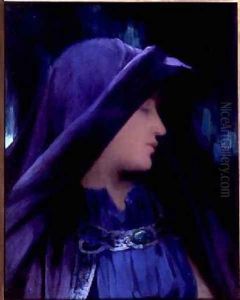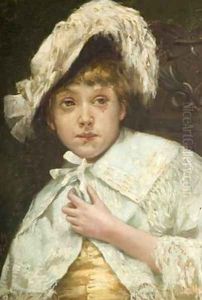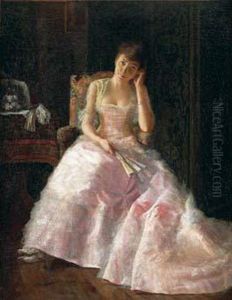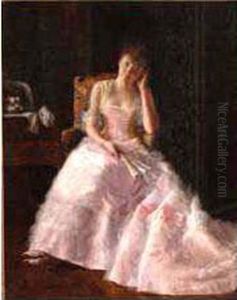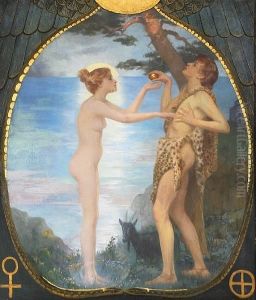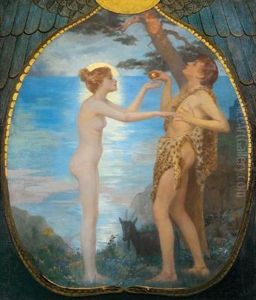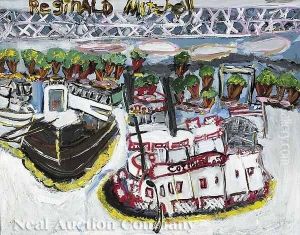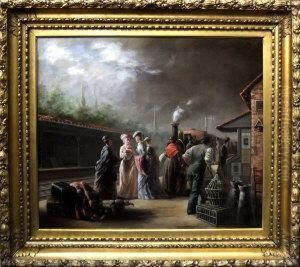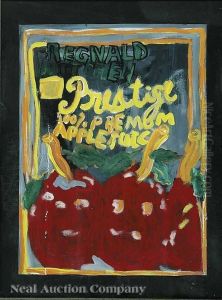Reginald Machell Paintings
Reginald Machell was an English artist and theosophist known for his involvement with the Theosophical Society and his symbolic spiritual paintings. Born in 1854 in England, Machell embarked on his artistic journey with a strong interest in spiritual and esoteric subjects, which would deeply influence his work throughout his life.
Machell's early life and education in art are not extensively documented, but he is known to have developed his skills as a painter and craftsman in England before becoming deeply involved with the Theosophical Society. His interest in theosophy—a spiritual movement that sought to explore the mystical and occult aspects of life and to promote a universal brotherhood—was a defining feature of his life and work. He became a member of the society and was closely associated with some of its leading figures, including Helena Petrovna Blavatsky, one of the founders of the movement.
In the late 19th century, Machell moved to the United States, where he continued to create art that reflected his theosophical beliefs. He was commissioned to create several works for the society, including the well-known painting 'The Path', which is rich in theosophical symbolism and conveys themes of spiritual enlightenment and the journey of the soul. His art often depicted allegorical and esoteric themes, combining mystical imagery with a unique blend of influences from Western and Eastern spiritual traditions.
Machell’s contribution to the Theosophical Society extended beyond his paintings. He designed furniture and interiors for the society's headquarters in various locations, including the Theosophical community of Lomaland in Point Loma, California. His designs were characterized by an attention to symbolism and an integration of art and spirituality, which were hallmarks of his creative philosophy.
Reginald Machell passed away in 1927, leaving behind a body of work that continues to be appreciated for its spiritual depth and artistic craftsmanship. His paintings and designs remain an integral part of theosophical culture and serve as an enduring testament to his dedication to exploring the intersection of art and mysticism.
